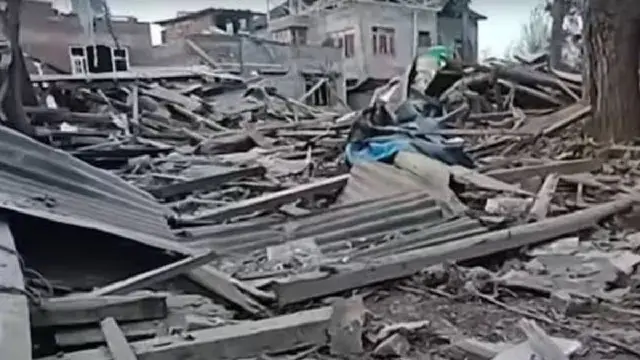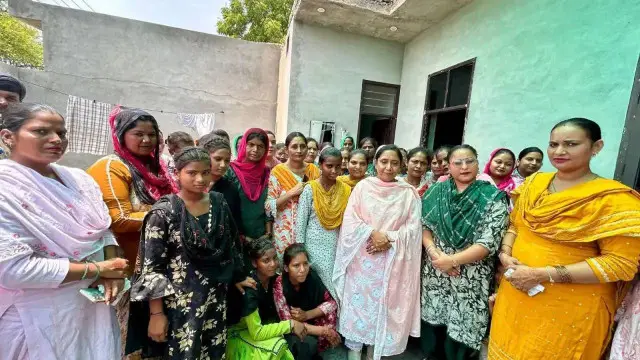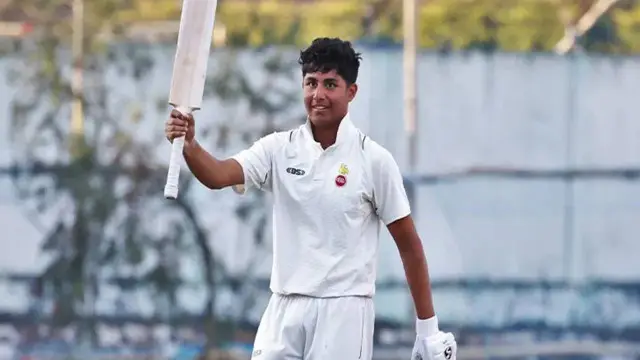Heavy Downpours Wreak Havoc in Gujarat-Maharashtra, 10 Killed in UP Lightning Strikes
Heavy rainfall has unleashed widespread disruption across Gujarat and Maharashtra, with homes and shops inundated as the southwest monsoon intensifies.

The southwest monsoon, in full force, has disrupted daily life, with low-lying areas bearing the brunt of relentless downpours. Overflowing drains and waterlogged roads have halted traffic, while residents wade through knee-deep water to salvage belongings. Local authorities are scrambling to provide relief, but the scale of the flooding has overwhelmed infrastructure, leaving many stranded.
Devastation in Homes and Businesses
In cities like Ahmedabad and Mumbai, water has invaded houses, forcing families to seek higher ground. Small shops, vital to local economies, have suffered heavy losses as merchandise floats in muddy water. Power outages have compounded the misery, with some areas reporting no electricity for over 24 hours. Rescue teams are working tirelessly, using boats to evacuate people from flooded neighborhoods. The government has opened temporary shelters, but the rising water levels continue to pose challenges.
Tragic Lightning Strikes in Uttar Pradesh
In a grim turn of events, Uttar Pradesh reported 10 fatalities due to lightning strikes during thunderstorms. Rural areas, where open fields leave people vulnerable, saw the highest toll. Victims, including farmers and laborers, were caught off guard by sudden bolts. Authorities have issued warnings, urging residents to avoid open spaces during storms. The tragedy underscores the unpredictable dangers of monsoon-related weather events.
Monsoon’s Next Stop: Delhi and Haryana
Preparations are underway, with drainage systems being cleared to mitigate risks. However, the forecast of heavy rain has put residents and officials on edge, given the chaos witnessed in western India.
Monsoon Chaos in Western India
As the monsoon advances, India grapples with its dual nature—life-giving rains and destructive forces. Improved infrastructure, early warning systems, and community preparedness are critical to reducing losses. For now, affected regions mourn the lives lost and brace for more challenges ahead.















